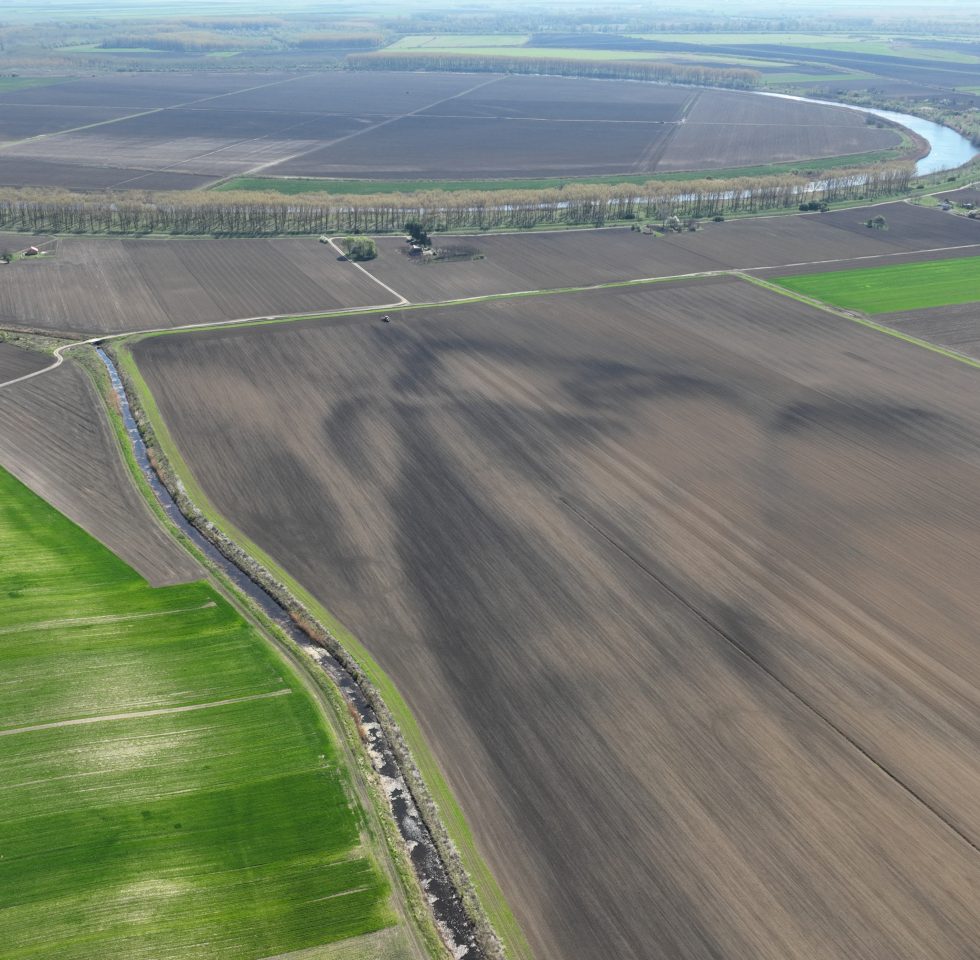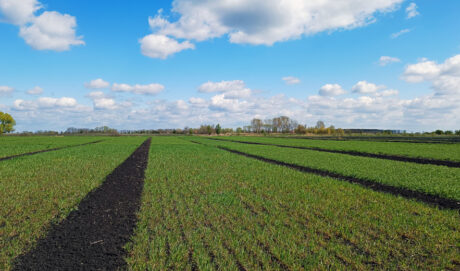Are you prepared to give up strawberries because they can contain the highest levels of pesticides? There’s a way to avoid this scenario.
Strawberries and spinach made it (again) to the top of the annual list of the “Dirty Dozen” fruits and veggies that contain the highest levels of pesticides. They are followed by kale, collard, mustard, nectarines, apples, grapes, and bell and hot peppers. But you don’t want to stop eating these foods that are chock full of the vitamins, minerals, fiber, and antioxidants, needed to keep you healthy, do you?
Food affected by pesticides is “only” the visible or better edible result of their use. It’s what we see on the surface, while chemical pest control also harms what we don’t see – the soil. We should be very concerned for its health, because in this case we cannot simply avoid using it or find its alternative as with fruits and veggies. Not to mention that we don’t want to deprive future generations of producing healthy food by leaving them with completely degraded soil.
Stay informed with our latest sustainable farming insights and exclusive content. Subscribe now.
Soil: A non-renewable resource
Soil only forms a thin layer of material on the Earth’s surface, but it is a vital layer for human life. It supports agricultural production and provides 95% of global food. Even more, almost all of our daily calories are from food grown in the soil, and only 1.2% are from aquatic sources.
Unfortunately, the Global Environmental Facility reminds us that 24 billion tons of fertile soil is being lost per year, largely due to unsustainable agriculture practices. If this trend continues, we could degrade 95% of the Earth’s land areas by 2050. We don’t need to go that far into the future. Fifty-two percent of agricultural land is already moderately or severely affected by soil degradation.
This is particularly worrying if we know that it takes around 500 years for just 2.5 cm of topsoil to be created under normal agricultural conditions, let alone the degraded conditions we’re dealing with now.
We Increased Food Production, but at What Cost?
Modern intensive agricultural methods apply mineral fertilizers and synthetic pesticides with the aim to increase plant nutrition and suppress harmful species. They have been successful in feeding the increasing human population since we’ve achieved 30–50% of the increase in crop yield through the application of synthetic fertilizers.
However, these methods are not only environmentally damaging, but are becoming increasingly less efficient. Studies estimate that the efficiency of synthetic fertilizers has decreased from 68% in 1961 to 47% in 2010. This means that less than half of the fertilizer is used by plants, while the rest is lost in the environment. Food producers now lose half of their time and money invested in crop production while contributing to the environmental threat instead.
Excessive long-term use of fertilizers results in heavy metals accumulation in agricultural soils, reducing soil fertility, and consequently decreasing plant growth and productivity. This means serious soil degradation, where the basic soil functions in supporting life are irreversibly lost.
Pesticides can also linger in the soil for years or decades. They negatively affect microbes, which are key to nutrient cycling, plant health, and soil structure reducing microbial counts and their activity in soil. In the long term, this causes infertility of the soil which then again needs fertilization. We have created a kind of a Catch-22 situation. It’s time to break the cycle.
Yet, even the small farmers and gardeners use them, because let’s be honest – if you have ever struggled with weeds, you know how easy it is to get rid of them by using herbicides. They are the largest and most used group of pesticides. Unfortunately, they don’t stay only in your garden, but are often found in lots of everyday foods and beverages, including cooked meals, water, wine, fruit juices, and animal feed.
The good news: There’s a way to control weeds without negative effects on our health.
At LoginEKO, we have some ideas inspired by the natural relationships already built into farming systems, and we are already putting them into practice. Our Senior Lead Agronomist, one of the members of the LoginEKO R&D team, Dr. Đura Karagić explains that legume-based farming by itself can provide just enough nitrogen to run economically sustainable production without subsidies and at the same time prevent nitrate leaching into the subsoil and groundwater.
The LoginEKO R&D team believes crop rotation is a fundamental tool for improving soil health, as Dr. Karagić explains : “Using a smart combination of different crops and a proper balance among them – for example a combination of winter and spring season crops or cereals and legumes – we provide a successful start for ecologically friendly weed control. This is also a basic tool in overcoming disease and pest issues. Allelopathic effects of different plants help us keep fungicides and insecticides away from our fields and improve our soil microbiome.”
Another thing that helps with weed control are soil tillage systems, which carefully balance between minimum till and moldboard plowing. They also perform well in terms of soil aeration and soil microbiome activity – especially in heavy clay soil.
Full weed control can be further obtained by additional application of mechanical measures even on large scale monocrop fields of cereals, sunflower, maize, soybean, field peas, and chickpeas. “Equipping our combine harvesters with so-called ‘seed terminators’ that mill weed seed during the harvest process is a way to use weed seed biomass as an additional organic fertilizer. It may be symbolic in quantity, but it is a great start,” says Dr. Karagić, who believes that “based on LoginEKO’s results, every farmer can stop using herbicides in just three seasons.”
We only have “one Soil,” so let’s save it
The FAO estimates that sustainable soil management has the potential to produce up to 58% more food, which means that LoginEKO is moving in the right direction. The examples we presented show that we can take important steps to ensure the health of our soil and plants in an environmentally friendly way, and produce ecologically sound, healthy food without the residues of harmful substances. It’s important to us that the production methods support everybody involved – the soil, the plants and their consumers. Don’t we all want to eat strawberries and spinach that aren’t full of herbicides and pesticides again? We also want future generations to have the same.
***
Sources:






